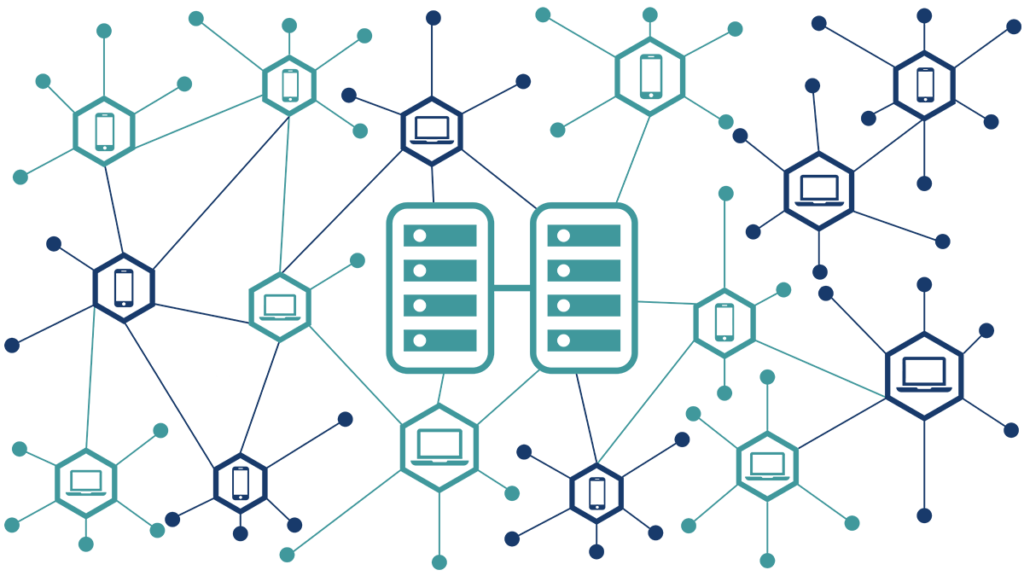Food safety and regulatory compliance are hot topics for food manufacturers. Here, Ian Scott-Mance, technology manager of Mettler-Toledo ProdX considers how digitalised product inspection technologies can help them to meet these demands.
Food safety is of critical importance, and the food industry has become increasingly heavily regulated. Success for food manufacturers, both now and in the future, comes from being adept at producing safe, high-quality food, and in being able to demonstrate beyond question that the processes used to produce that food meet regulatory demands.
Today, technology is helping manufacturers to align themselves with these requirements. Food safety and quality standards in production can be improved using product inspection systems for x-ray, metal detection, checkweighing and vision inspection.
In parallel, the digitalisation of much production line equipment – and product inspection technology, in particular – is making compliance with food safety regulations both simpler and easier. Digital inspection technology is capable of continuous monitoring and recording of production line performance, which manual processes simply cannot match. In addition, standards owners and regulators are placing an increasing focus on food safety digital transformation. Not only is digitalisation better able to support food safety compliance, but it is quickly becoming an expectation that food manufacturers embrace it.
So, the digitalisation of product inspection has a direct bearing upon the capacity of food manufacturers to demonstrate food safety compliance. Improved compliance comes through a variety of different aspects of operation. In this article, we consider five ways in which food safety compliance is improved by digitalised product inspection.
- Tamper-proof performance logging
Digitalised product inspection systems are constantly monitoring and recording performance data, compiling authenticated activity as it happens, and applying appropriate security features to ensure the data gathered cannot be tampered with. This gives food manufacturers, auditors, regulators and customers confidence that optimum product inspection performance is being maintained.
This is especially true around system verification activities. When a test is carried out on the equipment, a range of data is recorded automatically, verifying that a test took place, and storing the results of the test and other relevant information with a digital timestamp that cannot be changed. There is nowhere to hide here. Testing results cannot be falsified or altered without the culprit leaving evidence, and auditors examining the records will be able to identify anomalies. The confidence this inspires in the data is vital for food safety compliance.
- Real-time monitoring of Critical Control Points
Product inspection is most effective when used at Critical Control Points (CCPs) in the production line, where it can identify issues that impact on both product quality and food safety. Digitalised product inspection performs this function in real-time and can warn of production line issues immediately. This allows the manufacturer to quickly intervene and address any problems, potentially saving a large volume of products or ingredients from being wasted or having to be quarantined and reworked.
As well as improving production efficiency, reducing waste, and helping to ensure that only good quality products leave the factory, this capability also provides data in support of compliance with food safety regulations.
- Automation of data collection and report creation
Across the world, food manufacturers must adhere to national, regional and industry regulations to make sure their products are safe, and helping food manufacturers to focus on a wide range of areas including HACCP, traceability, food fraud prevention, management commitment, and food safety culture.
Digitalisation of product inspection means that data related to procedures such as system testing, managing rejected products, and checking all products are correctly packaged and labelled, is collected automatically, removing the need for manual collection or handwritten records. This makes food safety compliance both easier and cheaper for food manufacturers.
- Boost transparency through connectivity
The industry-wide push from regulators and standards bodies for better food safety compliance will lead to more transparency in food manufacture. Digitalisation plays a critical part in developing this transparency. It enables food manufacturers to gather meaningful production line data automatically, and this data can populate databases and, track and trace systems within the digital supply chain.
Food safety data captured by product inspection machines can be captured and shared with ERP and factory management systems via a range of secure and industry-standard machine-to-machine connectivity protocols. In turn, this makes record keeping and compliance with food safety regulations much easier for food manufacturers to achieve.
There is an additional factor to transparency: by embracing it, food manufacturers are opening their factories and their processes up to a higher level of scrutiny. This requires a different mindset from their employees, and that takes us onto the fifth example of how digitalisation of product inspection helps food safety compliance.
- Cultural change
With digitalisation and transparency, there is nowhere to hide. Food safety-related processes such as regular testing of product inspection equipment must become part of the culture of the factory, rather than potentially being seen as a box ticking exercise. Indeed, the requirement for such a culture is increasingly included within standards and regulations.
Digital records can be made tamper-proof, introducing a greater level of process governance. Crucially, all stakeholders have to be aware that non-compliance is also recorded.
Effecting this culture change requires proactive management strategies to keep people engaged and motivated. Training workshops might be required, in which objectives and goals are presented, and business benefits explained.
Concerned employees also need to be reassured. One way might be to highlight how new ways of working might deliver new opportunities and new skills that could increase their value to the business, and possibly the value of their own salary.
Most importantly for the food manufacturer, getting the culture right means it is better able to comply with food safety regulations, helping to strengthen its reputation and its relationships with customers and regulators.
Improved food safety compliance is both a journey and a destination, and digitalisation of product inspection is a critical part of both the process and the objective. There has to be a higher-level reason to undertake the journey though. The automation, the real-time monitoring of processes, the harnessing of digital data, the increased openness and transparency and the imperative of managing a new culture internally, are all worthwhile because they help to make a food manufacturer’s business and its key supply chain relationships both stronger and better.













